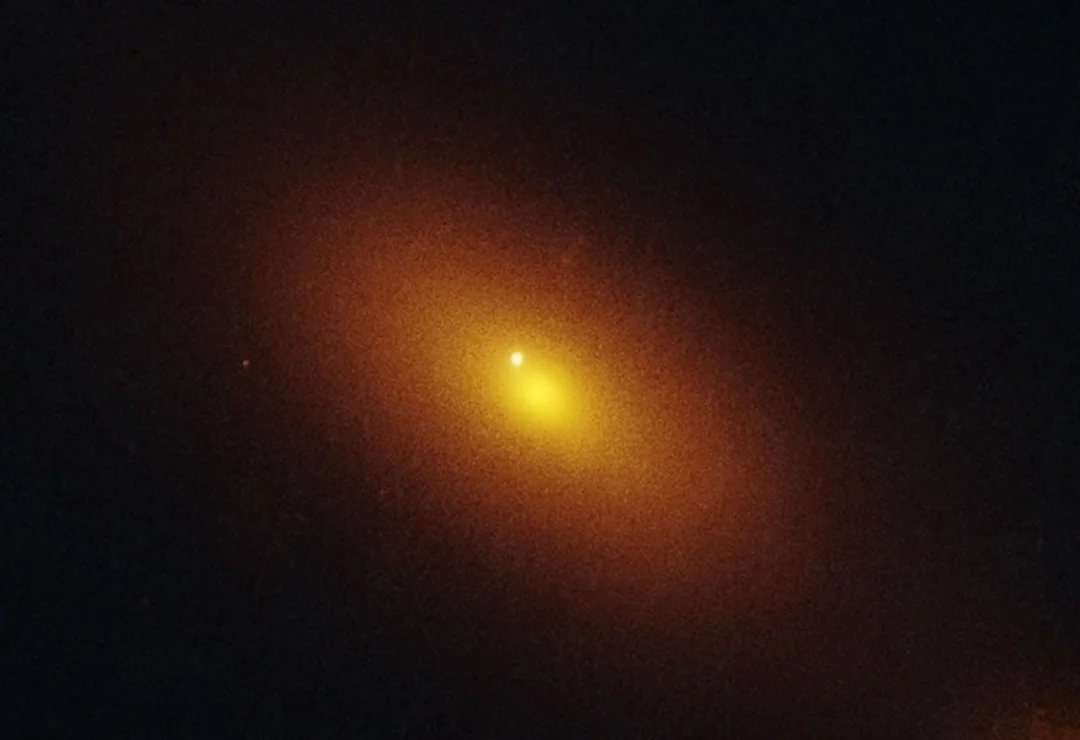
Rogue Black Hole Snapped Devouring Star Outside Galaxy’s Core, Rewriting Cosmic Understanding
In an unprecedented discovery, astronomers have directly observed a wandering supermassive black hole devouring a star far from the center of its galaxy. This event, dubbed AT2024tvd, challenges existing assumptions about where these galactic behemoths reside and how they interact with their surroundings.
The event was first detected by the Zwicky Transient Facility at Caltech's Palomar Observatory, initially appearing as a supernova-like flare. However, the unique spectral signature revealed its true nature: a tidal disruption event (TDE), where a star is stretched and torn apart by the black hole's immense gravity -- a process often referred to as "spaghettification."

What makes AT2024tvd remarkable is its location. Unlike nearly 100 other TDEs observed, this one occurred 2,600 light-years from the galactic core. This is where a much larger black hole, 100 million times the mass of the Sun, actively consumes gas and shines as an active galactic nucleus.
"AT2024tvd is the first offset TDE captured by optical sky surveys, and it opens up the entire possibility of uncovering this elusive population of wandering black holes with future sky surveys," said Yuhan Yao, the study's lead author. This discovery suggests that existing models of black hole distribution may be incomplete.
Data from NASA's Chandra X-ray Observatory and the Very Large Array radio telescope further supported the findings, with the Hubble Space Telescope pinpointing the event's exact location and its distinct blue hue.

The presence of two supermassive black holes raises intriguing questions about their origins. It is theorized the wandering black hole was either ejected from the galactic center through gravitational interaction or is a remnant of a smaller galaxy that merged with the host galaxy billions of years ago.
Scientists believe that such black hole mergers release powerful gravitational waves. Future space-based observatories like the Laser Interferometer Space Antenna (LISA), slated for launch in 2035, may be able to detect these ripples in spacetime.
This groundbreaking discovery not only provides the first direct evidence of a rogue supermassive black hole in action but also opens new avenues for exploring the dynamics of galaxies and the distribution of black holes within them. Will this finding lead to a surge in the discovery of similar wandering black holes, and what further insights will these observations provide about the evolution of galaxies?
Share your thoughts and theories in the comments below! What implications does this discovery have on our understanding of the universe?